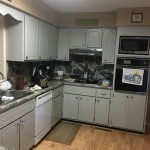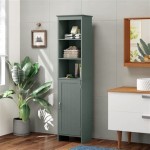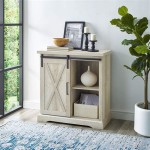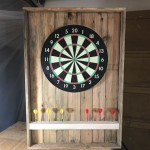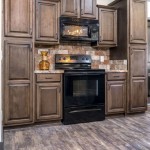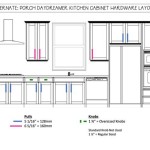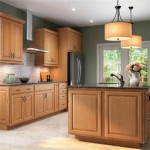Essential Aspects of Optimizing Your Kitchen With Range Hoods Under Cabinets
When designing a modern and functional kitchen, optimizing ventilation is crucial. Range hoods under cabinets serve as essential elements to effectively remove cooking odors, smoke, and grease from the air, ensuring a cleaner and healthier cooking environment. Here are the essential aspects to consider when optimizing your kitchen with range hoods under cabinets:
1. Determine the Correct Size and Placement
The size of the range hood should correspond to the size of your cooktop. A general rule of thumb is to choose a hood that is at least as wide as your cooktop. The hood should be positioned directly above the cooktop, with the bottom edge of the hood approximately 24-30 inches above the cooking surface for optimal performance.
2. Choose the Right CFM Rating
CFM (cubic feet per minute) rating indicates the volume of air the hood can remove. A higher CFM rating signifies a more powerful hood. For most home kitchens, a CFM rating of 300-600 is recommended. However, factors such as the size of your kitchen, the type of cooking you do, and the presence of other ventilation sources should be considered when determining the appropriate CFM rating.
3. Consider the Noise Level
Range hoods can generate noise while operating. Choose a hood with a noise level that is within your comfort range. Look for models with sound-absorbing features or noise-reducing technology to minimize the disturbance.
4. Choose the Right Type of Filter
Range hoods utilize filters to trap grease and particles. There are three main types of filters: metal mesh filters, charcoal filters, and baffle filters. Metal mesh filters are reusable and easy to clean, while charcoal filters effectively remove odors but require regular replacement. Baffle filters combine the benefits of both types, offering efficient grease removal and odor reduction.
5. Consider Ducted or Ductless Hoods
Ducted range hoods vent air and odors outside through a ductwork system. They are more effective at removing contaminants but require professional installation. Ductless range hoods recirculate the air back into the kitchen after filtering it through charcoal filters. They are easier to install but may not be as efficient as ducted hoods.
6. Think About Aesthetics and Lighting
Range hoods under cabinets come in a variety of styles and finishes to complement your kitchen decor. Choose a hood that matches the design of your kitchen and provides adequate lighting over the cooking surface. Some hoods feature built-in LED lights or halogen bulbs for enhanced visibility.
7. Ensure Proper Maintenance
Regular maintenance is essential to ensure the optimal performance of your range hood. Clean the filters regularly according to the manufacturer's instructions, and replace them as needed. Inspect the ductwork periodically to prevent grease buildup and ensure proper airflow. Professional cleaning and inspection may be recommended every few years for optimal performance.
By considering these aspects, you can optimize your kitchen with a range hood under cabinets that effectively removes cooking emissions, improves air quality, and complements the aesthetics of your space. Remember to consult with a qualified appliance specialist or contractor to determine the most suitable range hood and installation method for your specific kitchen needs.

Kitchen Range Hood Ideas The Ultimate Guide

Kitchen Range Hood Ideas The Ultimate Guide

Choosing The Perfect Range Hood Everything You Need To Know

Types Of Range Hoods Under Cabinet Island Mounted More

Range Hood Insert Buyer S Guide

Why Hiding Your Stove Range Hood Is All The Rage This Year

Kitchen Range Hood Ideas The Ultimate Guide

Kitchen Range Hood Ideas The Ultimate Guide

Four Components Of Kitchen Exhaust Systems Greenbuildingadvisor

Kitchen Range Hood Ideas The Ultimate Guide
Related Posts

